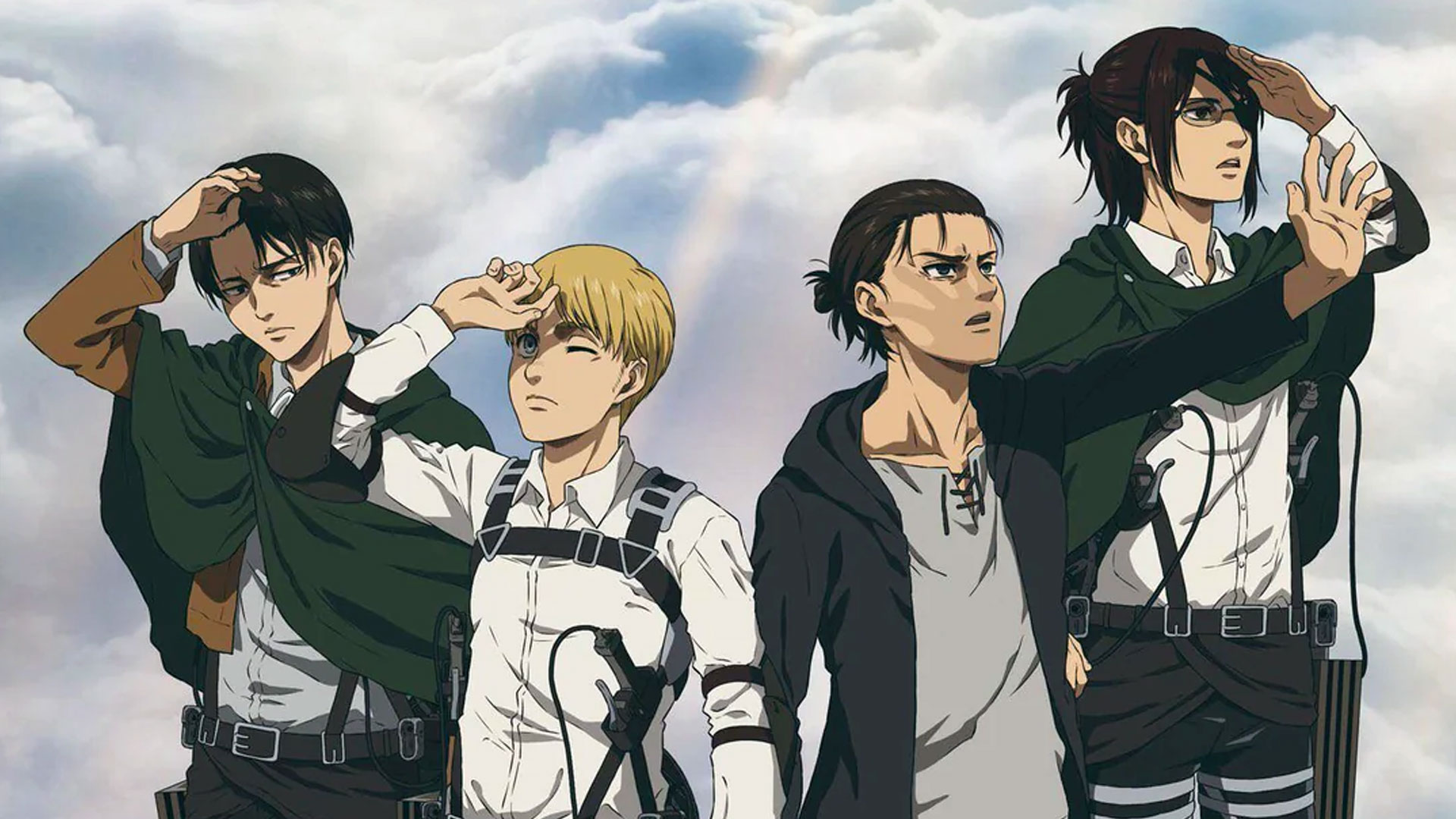The answer is really obvious if you think about it.
Summary:
- Fans argue about the actual target audience of Attack on Titan.
- While AoT was published in a shounen magazine, some fans argue that its themes and violence are not suited for teenagers.
- The actual answer is that AoT is intended for everyone, as its themes are equally important to all humans.
Despite Attack on Titan being over (at least its main story), there seems to be no consensus on many things about it. From the extremely controversial ending to the question of who the real villains of the story were, fans can’t agree on anything about the anime. That includes even the question of who the audience for it was supposed to be in the first place.
Demographic based on the magazine that published the manga
.jpg)
On paper, it looks like the answer is simple. The target audience for the anime is the same as it is for the manga — that is, teenage boys. Attack on Titan was published in a shounen magazine, and the first half of the work exhibits many tropes that belong to the battle shounen genre. Even the post-timeskip part, which is way darker in nature, was published in the same magazine, so the answer should be obvious.
What about the content?
However, many argue that Attack on Titan was intended for a more mature audience. Fans are quoting striking differences between the anime’s approach to morality — where there seems to be no inherent good or evil side in the conflict. Gray morality is not exactly in shounen series, but AoT isn’t the only example of it — even in Naruto, some villains had good intentions, and some of the so-called “good guys” did terrible things. Another argument that AoT is perhaps made for an older audience is it being extremely violent — but that argument is unsound, as extreme violence can be found in series aimed at teens, as well.
The reality
.jpg)
The answer is both complicated and simple at the same time. Yes, AoT was published in a magazine for teenage boys — but it really is intended for everyone. The topics it raises are eternally important to all of humanity, regardless of who they are. Isayama probably intended it that way: because shounen is the demographic with the largest audience, it is easier to reach more people if you publish your work in a magazine like that. And even if you don’t belong to the target audience of a work, who told you that you can’t enjoy it?
Perhaps anime fans shouldn’t constrain themselves with labels like that and enjoy whatever they want — and in the end, it doesn’t matter anyways. Whatever the target audience of the work is, we should judge it by its merits and not by who it was intended for.

